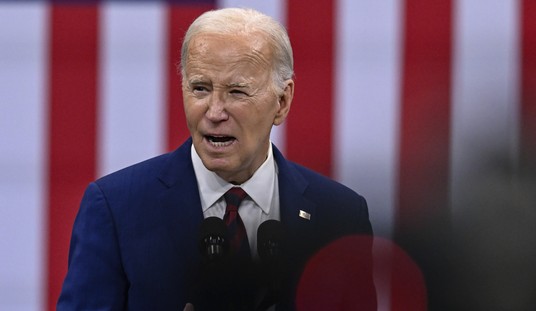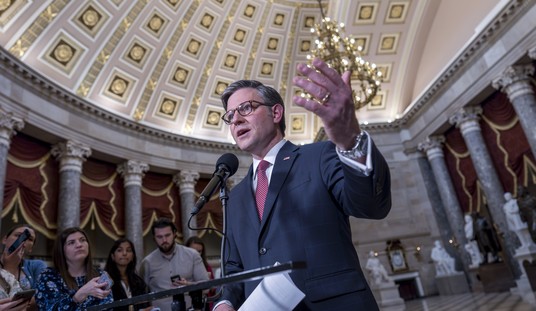Tea Party-minded Congressmen and ideological leftists tend to agree that corporate welfare is bad. Hence, conservatives and liberals recently teamed up to oppose adding $40 billion in loan authority to that bastion of crony capitalism, the Export-Import Bank. Unfortunately, the establishment types in both parties combined to push the extra spoils for Ex-Im through to passage.
Now an even bigger corporate welfare bill – the Farm Bill—is moving through Congress, and it’s garnering even broader support.
Every five years, the House and Senate take up a farm bill. The House is still working up details on its version. S.3240, sponsored by Sen. Debbie Stabenow (D-Mich.) is pending in the Senate. The comically misnamed the Agriculture Reform, Food, and Jobs Act is terrible.
Stabenow’s bill would dole out subsidies—most of them lasting five years—to numerous slivers of the agriculture sector. It enjoys strong bipartisan support because the plethora of subsidies spews big money into large swaths of the country. The Congressional Budget Office (CBO) estimates this bill will cost taxpayers $969 billion over the next 10 years.
The CBO report goes on to say that the bill will actually save taxpayers $24 billion. Unfortunately, that’s not the case. The CBO is required to use base its analysis on current—severely bloated—federal spending assumptions. Not only that, but Stabenow’s cuts are offset by a new “shallow loss” program that could easily end up costing more than the proposed “cuts” save. As Sen. Jim DeMint (R-S.C.) observes, Stabenow’s bill actually constitutes a massive increase in spending over the 2008 Farm Bill.
Recommended
“The 2008 Farm Bill was estimated to spend $604.1 billion over 10 years, as calculated by the Congressional Budget Office,” DeMint notes. “The 2012 Farm Bill is estimated to spend $969.2 billion over the next 10 years. That’s a whopping 60 percent increase!”
Another interesting aspect of this bill: The bulk of its spending—more than $750 billion over 10 years—is wrapped up in the Supplemental Nutrition Assistance Program (SNAP), also commonly referred to as the Food Stamp program. So while the Congressional debate may seem to be over agriculture policy, the real issue is how to fix a broken Food Stamp program that has become little more than a massive subsidy for agriculture interests. Although food stamp recipients don’t buy directly from farmers, farmers and the welfare lobby do work together to increase leverage for passage of this bill.
According to The Heritage Foundation’s Rachel Sheffield, “Since 2000, the number of Americans on food stamps has jumped by roughly 260 percent, to 44.7 million in 2011. During that same period, government spending on food stamps nearly quadrupled, to $78 billion last year.” In just the last three years, Food Stamp spending has doubled.
One problem with the program is that the National Restaurant Association is pushing states to let recipients use Food Stamps to purchase prepared foods. Since prepared foods cost more, expanding the program this way adds more pressure for increased spending . The Sioux Falls Argus Leader reports, “The main goal of the nation's food stamp program has been to supplement the buying power of low-income residents when they shop for unprepared foods at grocery stores. But a major restaurant company is lobbying the federal government on the Supplemental Nutrition Assistance Program, federal lobbying records show.” There is no shortage of lobbying interests trying to hop aboard this corporate welfare gravy train.
Another programmatic problem: States have a built-in incentive to bulk up on Food Stamp participants. The more participants they have, the more money they get from the federal government. Many states are ignoring work federal work requirements to pad their assistance rolls, helping drive up Food Stamp spending.
Some of the increased participation can be attributed to the current recession, yet most of the increases can be traced to states and corporate interests seeking a bigger slice of the federal money pie. President Obama heaped Stimulus money on food stamps while also easing eligibility requirements further complicating efforts to reform the program.
On the Senate floor last week, Sen. Jeff Sessions (R-Ala.) added some well-needed perspective when he noted that the Farm Bill would spend $82 billion on food stamps next year, while the feds will spend less than half than--$40 billion—on roads and bridges. The Food Stamp program is in dire need of reform.

























Join the conversation as a VIP Member